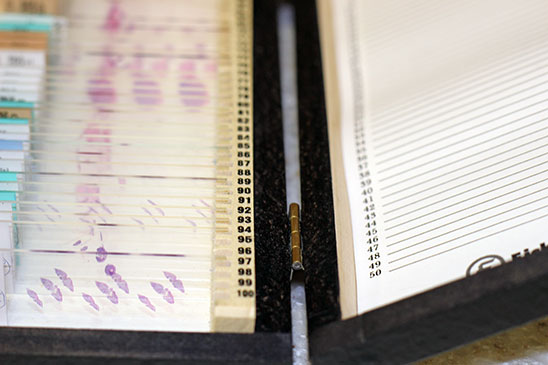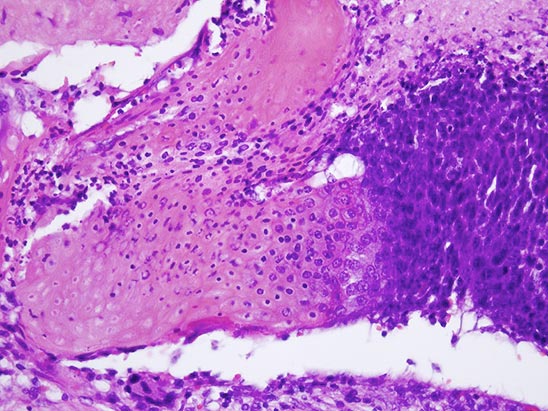Brooklyn VA Medical Center

The Brooklyn VA Hospital is the main resident continuity clinic. Trainees provide a full range of services for their patients with significant autonomy, administering full body skin exams, diagnosing and performing biopsies on suspicious lesions, reading the pathology glass slides, determining an appropriate management plan, and carrying out the necessary treatment. Residents have the opportunity to perform numerous dermatologic procedures while at the VA, such as electrodessication and curettage, cryosurgery, steroid injections, photodynamic therapy, narrow-band ultraviolet B phototherapy, incision and drainage of abscesses, and intralesional chemotherapy, among others. Second year residents perform teledermatology as well as inpatient consults. The Pigmented Lesions Clinic gives residents the opportunity to get training in dermoscopy, optical coherence tomography and confocal microscopy.

The bulk of our surgical training is performed at the Brooklyn VA Hospital, where one resident from each level of training comprises a three member surgical team. Every year, each resident spends two months as a member of the surgery team. First year residents initially perform excisions, while second year residents further develop their surgical skills by performing surgeries on more cosmetically-sensitive areas. In their final year of residency, residents work with our fellowship-trained Mohs surgeons to learn advanced surgical techniques, including flaps, grafts, and Mohs surgery. Residents also receive substantial cosmetic training at the VA, where they gain exposure to the use of permanent fillers (ie. poly-L-lactic acid for HIV lipodystrophy), chemical peels for actinic damage, neuromodulators, fractionated laser techniques, and low-current radiosurgery for obliteration of facial telangiectasias. Our dedicated and caring nursing staff comprised of Daret Escoe, Carrie Ma, and Tabby Wang enhances the residents VA experience.
Built into our schedule at the VA is substantial protected academic time. Residents review all of their biopsy specimens weekly with the Chief of Dermatology, a trained dermatopathologist. We end the week with a three-hour Friday afternoon pathology conference, where we study a particular pathology topic. Additional didactic sessions throughout the week include kodachrome conferences, cosmetic lectures, and board review.
First year residents also spend one day per week during their VA rotation at St. Alban's Medical Center, a satellite clinic of the VA Hospital System. Residents work one-on-one with an attending in the ambulatory clinic as well as on an inpatient consultative dermatology service.
- Adult outpatient clinic
- Phototherapy clinic
- Surgery clinic and Mohs Micrographic Surgery
- Cosmetic and laser clinic
- Procedural clinic
- Adult inpatient, emergency department, and critical care consults
- Teledermatology clinic
- Dermatopathology educational sessions
Conditions often treated at the VA include: carcinoma, squamous cell carcinoma, keratoacanthoma, melanoma, psoriasis, atopic and contact dermatitis, connective tissue disease, cutaneous T-cell lymphoma/mycosis fungoides, venous disease, syphilis, bacterial/fungal infections, scars, HIV lipodystrophy, skin tags, cysts, lipomas, blistering diseases (bullous pemphigoid), ulcers, hand dermatitis, lichen planus, granuloma annulare, seborrheic dermatitis, rosacea, acne, lichen sclerosus et atrophicus, vitiligo, herpes zoster, vsaculitides, actinic cheilitis
Rare conditions also treated at the VA include: cicatricial bullous pemphigoid, cutaneous B-cell lymphoma, Stevens-Johnson Syndrome, eruptive syringomas, hypereosinophilic syndrome, papular granuloma annulare, warty dyskeratoma, bullous erythema multiforme secondary to HSV, nodular melanoma, perniosis, necrolytic acral erythema, Grover's disease, clear cell acanthoma, Norwegian scabies

Pilomatricoma